I’ve spent over a decade getting punched in the face by player behavior, and yes, I still come back for more. If you’ve ever wondered why games hook you, bore you, or make you throw a controller, that’s the fun part. In my experience, the psychology of game design is basically applied common sense wrapped in fancy words like “player motivation,” “flow state,” “reward loops,” and “cognitive load.” We set up systems, feedback, and a difficulty curve that feels fair. We use intrinsic motivation and extrinsic rewards without turning the game into a slot machine. We mess with habit loops, onboarding, tutorial design, and all those little UX nudges that make you feel smart. Or at least not confused. That’s the job.
Why people smash buttons until 3 a.m.
Let me start with the obvious one. People play because it feels good. Not complex. But what feels good isn’t the same for everyone. Some folks want challenge and mastery. Some want to collect shiny things. Some just want a calm loop after work where they can zone out and water pixel plants. When designers talk about “motivation,” we often mean three things: autonomy, competence, and relatedness. I didn’t invent those. I just use them like duct tape.
Autonomy: Let me choose my chaos
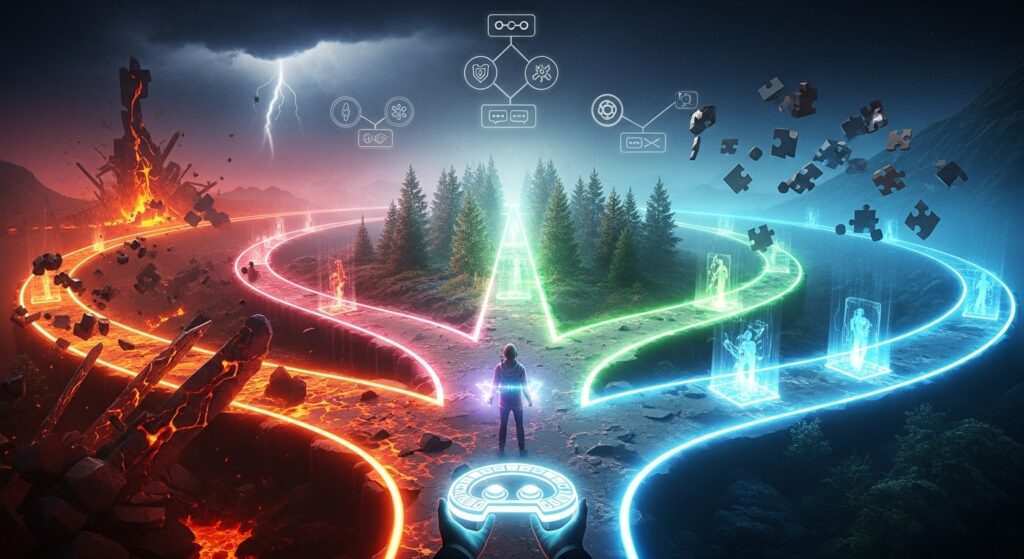
I’ve always found that giving players real choices—loadout, path, playstyle—is like handing them ownership. Ownership turns a system into “my build,” not “the build the devs forced on me.” Players will forgive your bad shader if they feel like they made the choice that led to their mess. Choice architecture matters. Even fake choices are better than none. I said it. Don’t @ me. Actually, do. I need the feedback.
Competence: Make me feel clever, not dumb
Competence is the magic. Players chase that little “I got it!” spike. So the trick is to design a difficulty curve that asks for effort but pays with mastery. Telegraphing enemy attacks. Good hit reactions. Clear rules. In my projects, when I’ve messed up clarity, people called the game “hard.” When I fixed the feedback, kept the same stats, and re-released, the same folks said “fair.” Cool. I’ll take it.
Relatedness: Friends, rivals, and inside jokes
Even solo players care about other humans. Leaderboards. Ghost racers. Co-op chores. Snappy emotes. Tiny signals that say, “This world has people.” I’ve had games where a well-placed global chat sticker did more for retention than an entire systems overhaul. Not proud. But it happened.
Reward loops that don’t feel gross
Okay, let’s talk about rewards. Not everything needs to spit out dopamine like a broken candy machine. But rewards help. In design meetings, I’ll sketch simple loops: trigger, action, feedback, reward, next goal. The hard part is balancing intrinsic pulls (I want to get better) and extrinsic bribes (here’s a shiny hat). Both work. If all you do is bribe, players get numb. If all you do is demand effort, they leave. It’s a dance. And sometimes you step on toes.
Variable rewards, the spicy kind
Variable rewards (think crits, loot drops, gacha pulls) are strong. Too strong if you’re careless. I’ve seen teams crank drop rates to “make it exciting” and then spend six months bailing out the economy with duct tape and regret. If you’re going to use variable ratio schedules, know what you’re feeding. Operant conditioning is real, and yes, games use it. If you want a quick primer on the science side, this is a decent overview: operant conditioning. Read it, then don’t build a slot machine unless you actually intend to.
Ethics check, because we’re not goblins
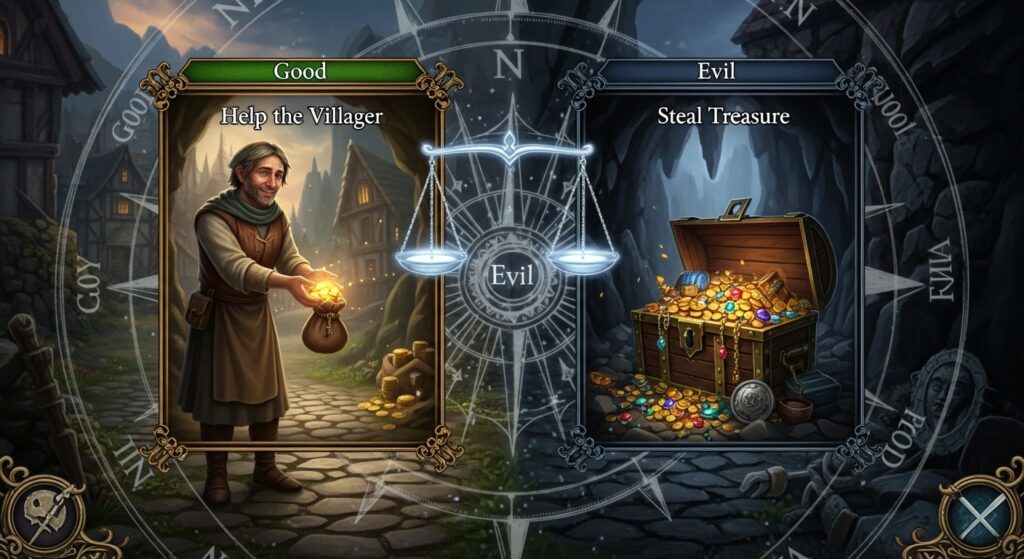
In my experience, the better approach is to reward learning and meaningful play. Reward loops tied to skill feel sticky in the right way. Players say “I did that,” not “the game spat a prize at me.” Use streaks with mercy. Use daily quests without panic timers. Respect time. Players notice. They talk. They stay.
Chasing flow without knocking people over
Flow is that state when the challenge matches your skill and the world melts away. I chase that in every prototype. It’s fragile though. Too hard, anxiety. Too easy, boredom. If you want the academic angle, the summary here is solid: flow in psychology. In practice, it means tuning and re-tuning the on-ramp, the mid-game, and the late-game. And then watching someone ignore your tutorial and still get it. Chef’s kiss.
Onboarding that doesn’t baby-talk
Tutorial design is a whole job. The best tutorial is just the first level designed with care. Teach one verb at a time. Action first, then label. Give a safe space, then a test, then a little bragging-rights moment. I’ve made the rookie mistake of dumping a glossary in the first five minutes. Players closed the game. They were not wrong.
Cognitive load: stop the information firehose
Your HUD screams. The map blinks. The NPC talks in riddles. No wonder players alt-tab. Reduce cognitive load. Use visual hierarchy. Use sound cues. If a player needs a wiki to survive the first hour, you wrote a spreadsheet, not a game. And yes, I have written that spreadsheet. Twice.
Juice, feedback, and the “feel” of things
Game feel looks like magic. It isn’t. It’s particles, screenshake, timing, and even the tiny delay on a button press. You hit. The enemy flashes. The number pops. A sound clicks. That micro-stack tells your brain, “Yes, you did the thing.” Without this, even perfect systems feel dead. Add too much and it’s a pinball machine. I like a rule of thumb: add juice until it’s loud, then roll back 10%.
Communicate game states like you mean it
Players need instant clarity. Am I safe? Am I in danger? Did I land the parry? Colors, motion, audio, and animation can answer that faster than text. Would you rather read “You took 30 fire damage over time,” or just see your avatar crackle, slow down, and wheeze? Exactly.
Little table of “why players do stuff”
I use this as a reality check when scoping features. It’s not science. It’s a napkin with better kerning.
| Player Trigger | Likely Action | Immediate Feedback | Reward Type | Risk if Misused |
|---|---|---|---|---|
| New shiny icon on map | Explores side area | Ping, glow, short VO line | Loot + lore beat | Icon spam = map fatigue |
| Enemy telegraph | Attempts dodge/parry | Slow-motion, distinct sound | Mastery + crit window | Unreadable telegraphs = “unfair” |
| Daily quest notification | Logs in for quick loop | Progress bar nudge | Soft currency + streak | Panic timers = burnout |
| Leaderboard insult (friendly) | One more run | Score pop + ghost rival | Bragging rights | Toxicity if not filtered |
| New skill unlock | Test on weak mobs | Exaggerated hit effect | Competence boost | Too late unlock = ignored |
Mechanics, dynamics, aesthetics (without the grad school vibe)
Here’s how I think about it. Mechanics are the rules. Dynamics are what happens when players push those rules. Aesthetics are the feelings you aim for. You can’t ship feelings directly. You ship rules and content that suggest feelings. For example, a stamina system (mechanic) creates tension in combat (dynamic) and should feel risky but fair (aesthetic). When the feeling is wrong, don’t just repaint the UI. Check the rules.
Telegraphing and fairness
Fairness is a hill I will die on. Players accept failure if they saw it coming. Telegraph enemy moves. Make projectiles readable. If the boss has a one-shot, teach it on a smaller enemy first. The Mario school of design works. Teach safely. Test gently. Then go loud.
When players break your game on purpose
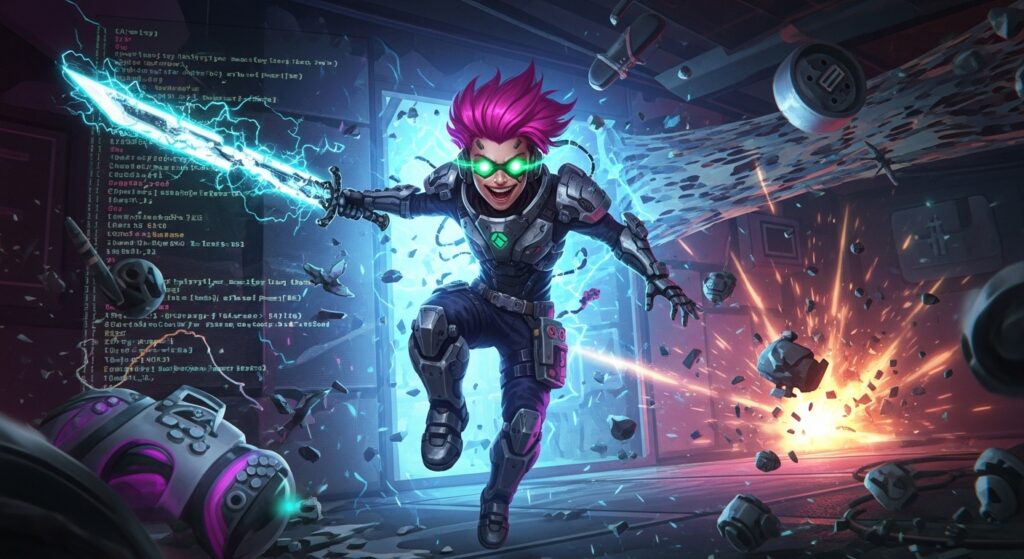
The first time I watched someone sequence break one of my levels, I laughed, then cried, then left the skip in. Speedrunners turn your systems into a puzzle box. They find edges you didn’t know existed. That’s not abuse. That’s expert play. If you want a rabbit hole, I love studying pacing and pathing in speedruns. Watching a runner bounce off a ledge with perfect timing taught me more about level design than a month of meetings.
Designing for mastery, not just access
Some games flatten skill ceilings to “make it fair.” I get it. But leaving room for mastery is what keeps a game alive. Add tech skill that doesn’t gate core progress but does reward deep play. Fast swaps. Animation cancels. Risky shortcuts. Then telegraph them just enough that curious players can discover the layer.
Loss aversion: why losing hurts more than winning feels good
Loss feels twice as heavy as a win feels good. Rough estimate. People will grind 20 minutes to avoid losing 5 minutes of progress. I’ve seen teams weaponize this. Don’t. It’s cheap. Instead, soften losses with partial progress, keep-your-x-on-fail rules, or smart checkpointing. Punish the choice, not the soul.
Permadeath that doesn’t make me uninstall
Permadeath can work if the meta-progression keeps some arc alive. New skills unlocked for the next run. New lore. New NPCs. Lose the run, keep the story. That kind of thing. It hurts but invites “one more try.”
Economies that don’t collapse like a Jenga tower
Economy design is where optimism goes to die. Players hoard. They min-max. They hoard again. Prices inflate. Drop tables lie. In my experience, the fix is simple but annoying: sink planning. Every faucet needs a sink. If you add a new faucet, add a sink with it. Cosmetic crafting is a good sink. Repair costs can be okay if fair. Avoid the “pay rent to log in” vibe.
Loot tables and rarity that make sense

Don’t use five currencies when three will do. Don’t put junk in chests and call it “rare.” If a player opens a chest and sighs, that sigh has a cost. Maybe not today. But next week when they skip side content because “it never pays.”
Social design: the good, the bad, and the voice chat
Relatedness drives play. It also drives drama. Tools matter. Ping systems beat voice chat for teamwork in many games. Smart filters can cut slurs by 95% and save your moderators from misery. Positive social friction is nice: gentle nudges to help, like revive timers that give you a good reason to be generous.
Guilds, clans, crews, whatever you call them
Group identity keeps people around. I’ve seen tiny clan perks outperform big solo rewards in retention. A shared goal, a weekly ritual, even a silly banner—players stay for people. Give them reasons to show up for each other.
UX rules I wish someone tattooed on my hand
- Buttons do what they look like they do.
- Text says what it means. No riddles in tooltips.
- Default settings respect normal human hands.
- Accessibility isn’t a stretch goal.
- Let me rebind everything. Yes, everything.

Flow killers you can fix in a week
- Long respawn times for no reason. Cut them.
- Pop-ups over action moments. Delay them.
- Audio spam. Move repeated sounds to subtle variations.
- Unskippable cinematics. Please. Stop.
- Hidden stamina penalties. Expose the math or ditch it.
The data dance (and when to ignore it)
Live ops means graphs. Day 1, Day 7, Day 30 retention. Session length. Conversion. It’s useful. But data shows what players did, not why. I watch heatmaps. Then I watch real people. I read messy feedback. I run A/B tests, then put my hands on the controller and just feel it. If the data says players love a grind and I hate the feel, I assume they had no better option. Then I fix the feel.
Metrics that actually help you design
- Where players die. This shows pain spikes and fake difficulty.
- What they equip. This reveals ignored systems.
- What they skip. This tells you where the fun isn’t.
- Time to first “aha.” Shorter is better, but not rushed.
Small design tweaks that do big work
Some of my favorite fixes are silly small. Move a checkpoint five meters closer. Add a tiny camera zoom on crit. Color-code enemy types by threat, not lore. Move the shop NPC away from the fight music so people can think.
Choice overload is real
You don’t need 14 swords at the first shop. Offer three, each with a clear identity. The “fast and weak,” the “slow and strong,” and the “weird one.” People love the weird one. They’ll pick it, then tell you that you made a bold design choice.
Story beats that respect the controller
Yes, story matters. But games aren’t novels. Let me play while I learn the world. Keep the lore snackable. I once cut 20 minutes of intro VO down to two minutes of interactive moments, and players said the story “landed.” Same script. Less lecture.
Designing challenge without cruelty
Challenge is a tool, not a personality. If players fail, they should know why. If they still don’t, that’s on us. Add coaching through level layout. Place enemies where the lesson is obvious. Use enemy barks as hints. “He raises his shield after swinging!” Yeah, he does. You should parry before that.
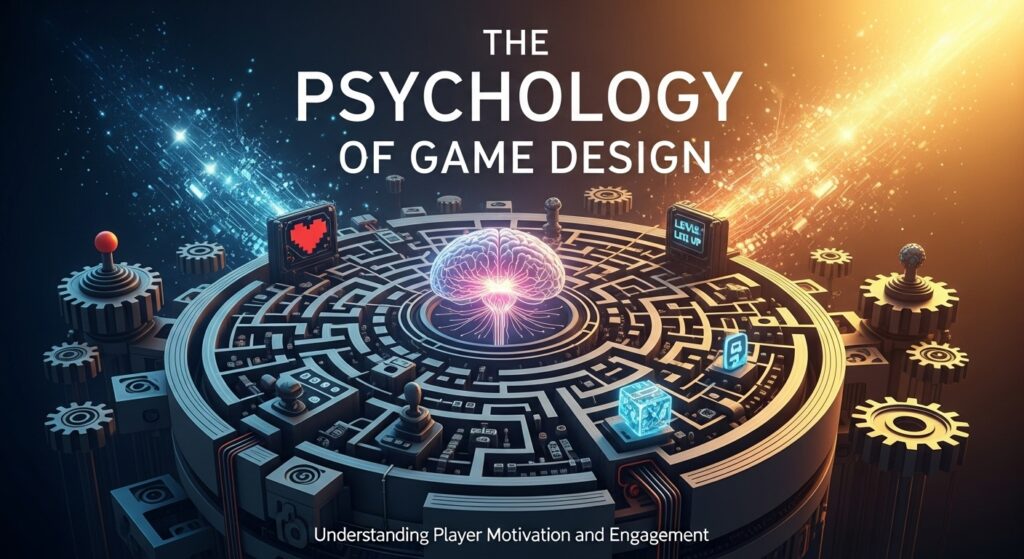
My quick mental model for feature decisions
When I’m in a meeting and someone pitches a feature, I run it through a little checklist in my head.
| Question | If Yes | If No |
|---|---|---|
| Does it teach or extend a core verb? | Green light to prototype | Park it for later or cut |
| Can we explain it without a paragraph? | Ship-ready with light UI | Redesign or simplify |
| Does it create meaningful choices? | Balance and test | Make it cosmetic or drop |
| Will players discover mastery layers? | Leave room for skill expression | Consider adding optional depth |
| Is there a sink for its rewards? | Economy stays stable | Add a sink or lower faucet |
The unglamorous truth: playtests fix everything
I’m biased, but I think the closest thing to magic is watching someone else play your game. Quietly. No hints. A stranger will show you where the friction hides. They’ll mash the wrong button. They’ll miss the giant sign. They’ll surprise you. Every time I do it, I find something to cut, something to amplify, and a new swear word.
Notes I keep during testing
- Moments of stuckness longer than 5 seconds.
- Systems players ignore on purpose.
- Places they smile. Yes, watch faces.
- Where they say “one more try” vs. “I’m done.”
A tiny toolkit you can steal
- Graybox early. Fancy art hides design mistakes.
- Fail fast. If the core loop isn’t fun in a day, it won’t be fun in a month with bloom and lens flare.
- Use verbs, not nouns. “Dash,” “block,” “craft,” “aim”—verbs tell players what to do.
- Make the first minute idiot-proof. That’s not an insult. It’s respect.
- Give players a goal, a path, and a feedback ping. That triangle solves half of onboarding.
- Cut features that don’t teach, challenge, or delight. Be ruthless. It hurts less than shipping bloat.
A quick nerd note, because someone will ask
If you want a formal overview of the craft itself (like what “game design” even means in the academic sense), here’s a standard entry: game design. And if you’re hunting theory, remember this: theory is useful; players are truth. I’ll take one confused playtester over ten neat models. Every time.
Stuff I messed up so you don’t have to
- I once hid a critical mechanic behind a side quest. Half the players never found it. The other half felt like geniuses. Both groups were mad for different reasons.
- I timed a boss phase around my own reaction speed. Turns out I’m not the median. Oops.
- I used too many currencies. Players made spreadsheets. Then I had to.
- I added “challenge” by turning enemies into HP sponges. Everyone yawned. Then uninstalled.
- I wrote a tutorial that assumed keyboard. Controller players suffered quietly. Not good.
Let’s say the quiet part out loud
Games are systems that talk to your brain. That’s not sinister. It’s design. The trick is to respect the player. Make them feel capable, curious, and in control. Give them clear feedback. Give them challenges they can beat if they learn. And yeah, sometimes bribe them with a shiny hat. Balance, not purity.
Also, the psychology phrase we pretend not to say
I said it earlier. Operant conditioning. Flow. Motivation. These are tools. Don’t let tools run your game. Build experiences you’d want to play. Test them. Then tweak until they sing. That’s been my north star. And it’s kept me sane through launch weeks and patch notes that read like novels.
One last note on the phrase I promised to use sparingly: I don’t worship the psychology of game design. I just lean on it when my instincts need a friend. It keeps me honest when I’m tempted to throw in five more currencies “for depth” or add a grind “for retention.” Every time I’ve chosen clarity over cruft, players stayed. That’s pretty much the whole trade.
FAQs (the messy, honest kind)
- Q: How do I make my game addictive without being evil?
A: Focus on mastery and fair rewards. Use streaks with forgiveness. Don’t use panic timers. If you feel gross adding a mechanic, you already have your answer. - Q: My tutorial sucks. How do I fix it fast?
A: Teach one verb at a time. Show, don’t tell. Let players act first, then label the thing. Cut text by half. Then cut it again. - Q: Players say my game is hard but I didn’t change stats. Why?
A: It’s probably feedback. Make telegraphs clearer. Add hit reactions. Clarify goals. Same numbers, better feel. - Q: Do I need a complex economy?
A: No. Start simple. One or two currencies. Clear sinks. If people hoard or ignore stuff, your economy is too cute for its own good. - Q: How much should I listen to data vs. my gut?
A: Use data to spot patterns. Use your gut to fix causes. When the two disagree, watch a real human play. That breaks ties.
Anyway, that’s where my head is today. I’ll probably change it after the next playtest. Or after someone speedruns my tutorial in 34 seconds and shows me I overexplained the jump button. Classic.

James Carter: Your competitive edge. I cover Patch Notes, Speedruns, Battle Royale Strategy, Multiplayer Trends, and Game Dev Insights. Let’s get into it!
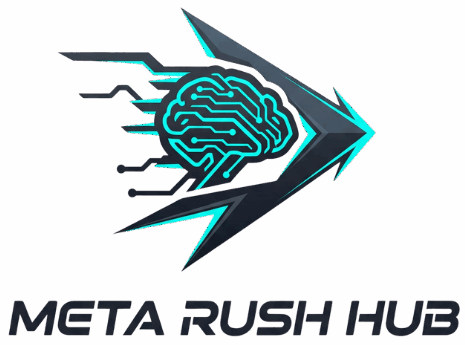
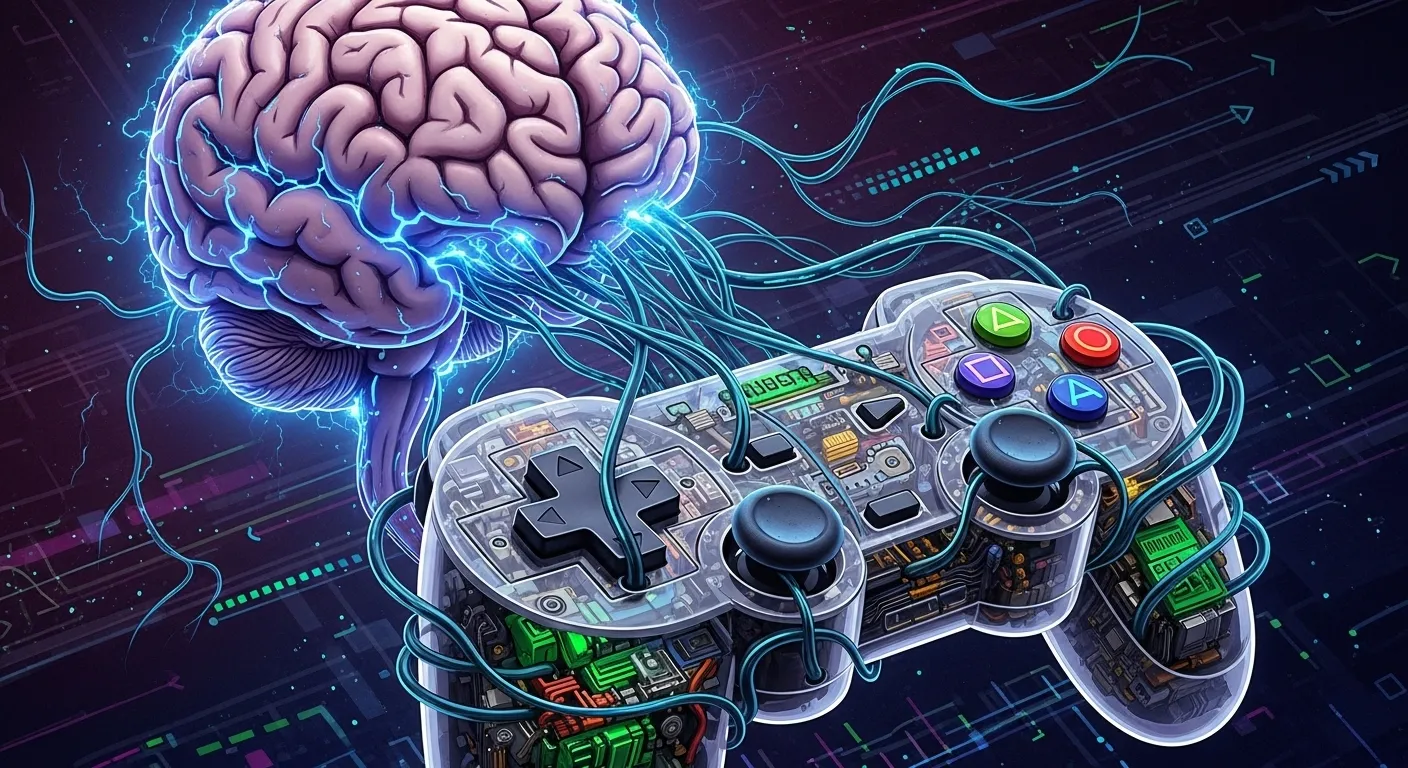
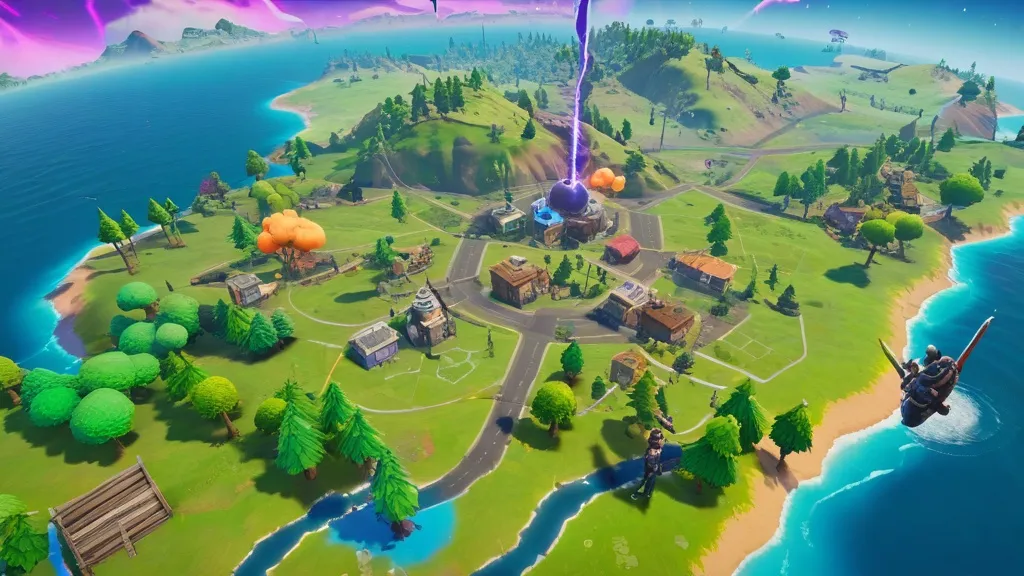

Choice is key. Autonomy, competence, and relatedness drive game motivation. Design for player ownership and mastery.
Such a fascinating breakdown of the psychology behind game design. Autonomy, competence, and relatedness are key components to consider.
The psychology of game design is intriguing! Autonomy, competence, and relatedness are key for player engagement and satisfaction.
Love the breakdown of game design psychology! Autonomy, competence, and relatedness are key. Can’t wait to see your future content.
How important are social connections in game design for player engagement and satisfaction?